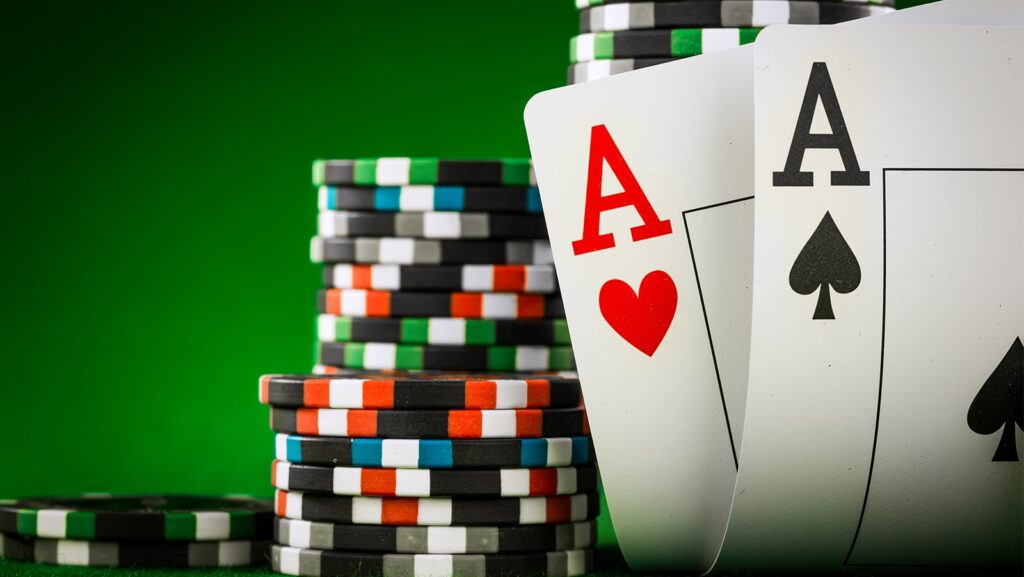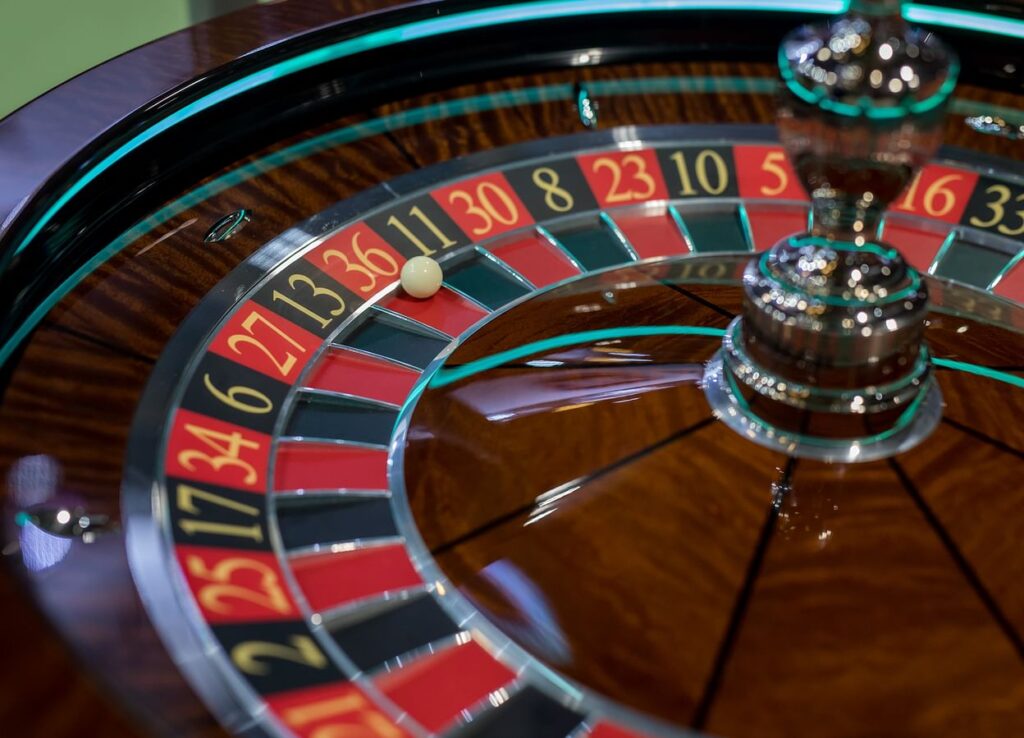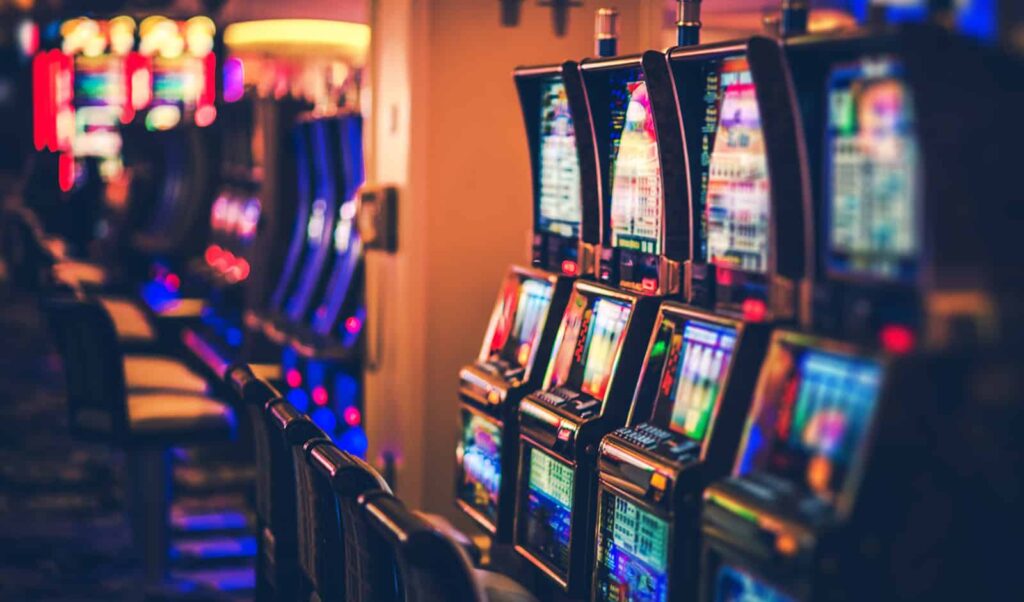Slot gaming has evolved into one of the most exciting and accessible forms of online entertainment. For many, it offers a way to experience thrilling gameplay, vibrant graphics, and the possibility of winning big all from the comfort of their home. The appeal lies in its simplicity and the variety of games available, catering to a wide range of preferences. With each spin, players can explore different themes, storylines, and mechanics, making every game feel unique and engaging. Choosing the most reliable slot gaming platform is essential for a seamless and enjoyable experience. Reliability does not just mean offering smooth gameplay and a wide selection of games, but it also involves ensuring that players’ data and financial transactions are secure. A trustworthy platform will use the latest encryption technologies to safeguard sensitive information, providing peace of mind for players. This focus on security allows gamers to fully immerse themselves in the excitement without worrying about potential risks.

In addition to security, a reliable slot platform offers customer support that players can depend on. Whether it is addressing a technical issue or answering a question about gameplay, having accessible and knowledgeable support is key. A responsive customer service team can quickly resolve problems, ensuring that players do not have to face unnecessary delays or frustrations. Excellent customer service can make all the difference in creating a positive gaming experience, as players are more likely to return to platforms that value their concerns. Another feature that enhances the overall experience is a platform’s user interface. A well-designed interface makes navigation intuitive and enjoyable. Players should be able to easily find the games they love, manage their accounts, and access important features like promotions or rewards programs. A clutter-free and aesthetically pleasing interface ensures that the focus stays on the fun, not on trying to figure out how to use the platform. This level of ease also helps new players quickly adapt to the environment and begin enjoying their experience.
Of course, the variety of slot games offered is a significant factor in choosing a platform. A reliable platform will provide a vast selection of games, ranging from traditional three-reel slots to more modern video slots with complex bonus features and engaging storylines. The diversity of senju33 game styles ensures that players never run out of new and exciting options. Whether you are into classic fruit machines or adventurous themed slots, the options should cater to all tastes, keeping the experience fresh and dynamic. The rewarding nature of slot gaming, through bonus features, free spins, and loyalty rewards, plays a key role in enhancing the fun. Players who engage with a platform that offers these incentives are more likely to feel valued and motivated to continue playing. Promotions not only increase the excitement but also provide opportunities to win without risking too much.




